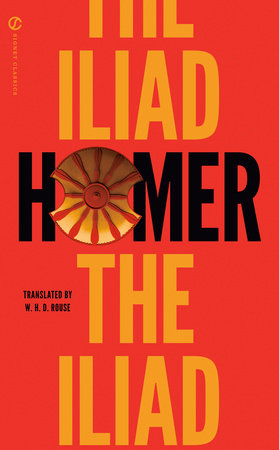Since I have sworn that I would not pursue retranslating Malevich’s Suprematism manifesto until after completing the dissertation, I’ll use a deficient translation I found online several weeks ago. I won’t pretend it’s sufficient and not flawed. My reading, also and in its own way insufficiently flawed, follows.
For Malevich, “pure feeling” undergirds Suprematism; such feeling is what makes Suprematism supreme, maintaining its supremacy over other contemporary art movements. The phenomena of the “objective world” remain meaningless. Only feeling establishes any kind of significance.
But this significance, this meaning, stems from a decontextualized emotional response to natural or naturalistic phenomena, divorced from any original context or environment. Feeling as such enfolds and creates the value of a work. In this way, Suprematism “ignores the familiar appearance of objects” and instead allows for the fullest expression of pure feeling, albeit in a nonrepresentational and nonobjective, yet nevertheless wholly appropriate, manner.
The viewer confronts a “desert” upon the canvas: there is nothing there except for the expression of pure feeling as such.
In the same way that the Suprematist eschews representation and objectivity, he too rejects symbolism and idealism, placing demands upon us with the maddening and defiantly demanding question, “Is a milk bottle, then, the symbol of milk?”
Malevich’s black “dead square” as desert becomes “lost to sight,” receding further with the familiar into the background. In this new desert, wherein a black square becomes the pure feeling of confronting the absence and emptiness of the desert of things and naturalistic objects, the square’s blackness does not come to “represent” a desolate and nihilistic space devoid of meaning.
Once we have abstained in art from things and concepts, we are left with feeling, pure and untainted by its relational gesture toward object, entity, idea, or intent. Here Malevich insists a square is not necessarily a square but instead a depiction of the overwhelming emotion he brazens out, defies, tackles, and submits to upon the canvas.


